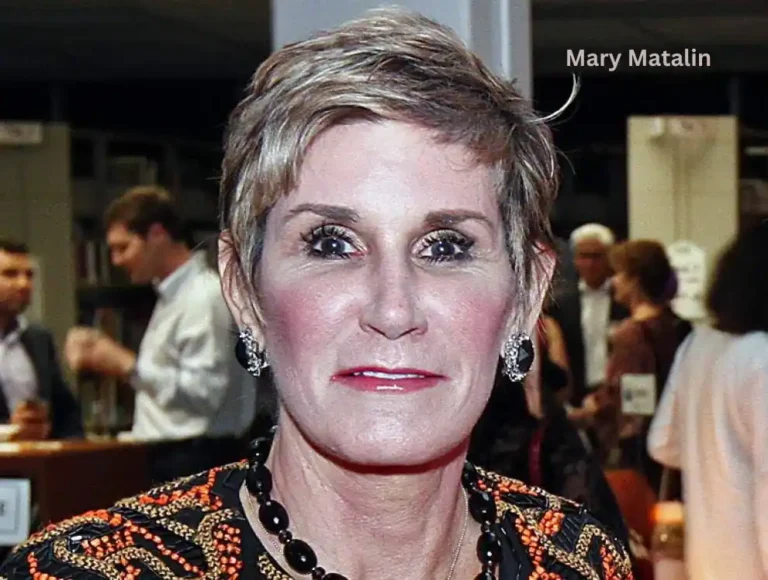
Introduction to Real Raw News
In an era where information travels at lightning speed, the rise of Real Raw News has captured the attention of many. This digital platform claims to offer unfiltered insights into current events, often taking a bold stance against mainstream narratives. As misinformation spreads like wildfire through social media channels, readers are increasingly drawn to alternative sources that promise authenticity and raw honesty.
But what really sets Real Raw News apart? Is it a beacon of truth in a sea of deception or merely another player in the game of sensationalism? The allure is undeniable—stories that challenge conventional wisdom can be hard to resist. With so much content vying for our attention, let’s explore how this platform navigates today’s complex landscape while examining its impact on news consumption and public opinion. Join us as we delve deeper into the intriguing world of Real Raw News.
The Impact of Social Media on the Spread of Fake News
Social media has transformed how information spreads. It connects millions, allowing news to travel fast.
Fake news thrives on these platforms. Sensational headlines catch eyes and generate clicks. Many users share without verification, amplifying misinformation rapidly.
Algorithms also play a role in this phenomenon. They prioritize engagement over accuracy, pushing misleading content into the spotlight. This creates echo chambers where false narratives can flourish unchecked.
Moreover, the anonymity of the internet enables users to post whatever they want with minimal accountability. This lack of responsibility further fuels the spread of outlandish claims and conspiracy theories.
As people increasingly rely on social media for their news intake, discerning fact from fiction becomes more challenging than ever before. The lines between reality and rumor blur, leaving readers vulnerable to manipulation by sensationalized stories that garner attention rather than truth.
How Real Raw News Gains Traction Amongst Readers
Real Raw News captures attention through its unconventional approach. It thrives on sensational headlines that entice readers to click and explore further. The allure of controversy pulls many in, making it hard to resist.
Social media amplifies this effect. As stories spread across platforms like wildfire, they gain momentum with every share and comment. Users often engage based solely on the headline, without delving into the substance of the articles.
Another factor is relatability. Real Raw News often addresses topics that resonate emotionally with audiences—issues surrounding politics, health, and social justice are prevalent themes. This connection fosters a sense of community among its followers.
Additionally, the site’s unique voice sets it apart from traditional news outlets. It offers a raw perspective that some find refreshing amid polished mainstream journalism. Readers feel as if they’re getting insider information or hidden truths not covered elsewhere.
Controversial Topics Covered by Real Raw News
Real Raw News dives into some of the most controversial topics that traditional media often shies away from. These include sensational political allegations, conspiracy theories, and unverified claims about public figures.
The platform doesn’t just skim the surface; it explores narratives that challenge mainstream perspectives. This attracts readers who crave alternative viewpoints and are skeptical of conventional news outlets.
From alleged government cover-ups to celebrity scandals, Real Raw News embraces stories filled with intrigue. The provocative nature of their content keeps audiences engaged and eager for more updates.
However, this approach raises eyebrows. Many question the reliability of such reporting and whether it’s merely clickbait dressed as journalism. Nevertheless, this fearless tackling of contentious issues enhances its appeal among those wanting to stay ahead in a fast-paced information landscape.
The Ethical Concerns Surrounding Real Raw News
The rise of real raw news raises significant ethical dilemmas. Many question the integrity of stories that often lack proper sourcing. This gap breeds skepticism among readers and contributes to misinformation.
Moreover, sensationalism plays a crucial role in how these narratives are framed. Headlines may prioritize shock value over accuracy, skewing public perception on critical issues.
Privacy concerns also emerge when personal lives are exposed without consent. Individuals can become unwitting subjects in media spectacles, leading to potential harm both personally and professionally.
The responsibility of content creators weighs heavily in this landscape. Ethical journalism should include fact-checking and accountability—a standard that real raw news sometimes overlooks amidst its push for immediacy.
Fact-Checking and Debunking Real Raw News Stories
Fact-checking is essential in today’s media landscape. Real Raw News often stirs debate and speculation, prompting experts to investigate its claims.
Many stories lack credible sources or verifiable evidence. This raises red flags for readers seeking accurate information. Independent fact-checkers dive into the reports, scrutinizing each detail meticulously.
Debunking these narratives can be a tough job. Social media amplifies sensational headlines, making it difficult to distinguish between truth and fiction.
Some platforms focus on transparent reporting methods to expose misinformation effectively. They provide clear comparisons of allegations versus verified facts.
Readers must stay vigilant about what they consume online. By engaging with reputable fact-checking organizations, individuals can better navigate the murky waters of digital news dissemination. The responsibility lies with both consumers and creators of content alike—an informed audience fosters accountability in journalism.
Conclusion: The Role of Critical Thinking in the Age of Digital Media
As we navigate the vast landscape of digital media, critical thinking becomes more vital than ever. The rise of real raw news highlights the challenges and opportunities that come with our new information environment. Readers must evaluate sources carefully and identify biases before forming opinions.
The accessibility of information can be a double-edged sword. While it allows for diverse viewpoints, it also opens the door to misinformation. Engaging with content thoughtfully helps us discern fact from fiction.
Education plays a crucial role in this process. Media literacy programs equip individuals with tools to analyze and question what they read or share online. By fostering an inquisitive mindset, society can better combat sensationalism and fake narratives.
As consumers of news, we have a responsibility to be vigilant. Embracing skepticism doesn’t mean rejecting all sources but rather questioning their credibility and intent. In doing so, we contribute to healthier public discourse.
Cultivating critical thinking skills empowers us to make informed decisions in an era rife with uncertainty surrounding truthfulness in reporting.





